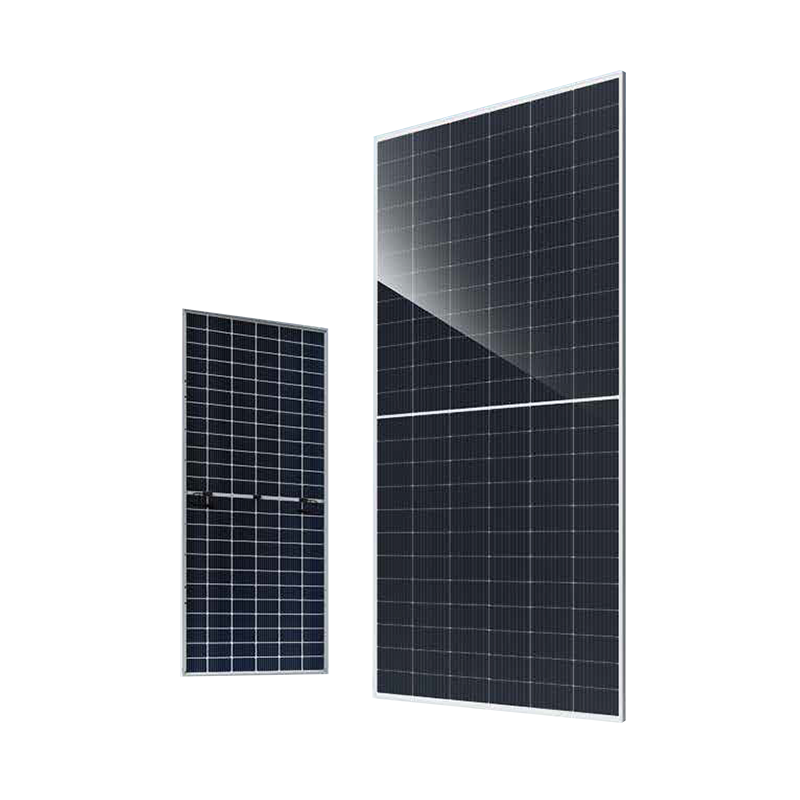
-
[email protected]

-
Building 1, No. 21 Shengfa Road, Lucheng District, Wenzhou, Zhejiang, China


The global energy landscape continues to transform as solar power gains broader acceptance, with the PV module serving as the fundamental building block of this quiet revolution. This essential component, which directly converts sunlight into electrical energy, has seen consistent technological refinement and performance improvements. The evolution of the PV module reflects years of research and development aimed at enhancing efficiency, durability, and cost-effectiveness for a diverse range of applications, from residential rooftops to large-scale solar farms.
At its core, a PV module is composed of multiple interconnected solar cells, typically made from silicon, protected within a laminated structure and framed for durability. The primary function of any PV module is to generate direct current electricity when exposed to sunlight. The performance rating of a PV module, measured under standard laboratory conditions, provides a benchmark for its power output capacity. This consistent measurement allows consumers and project developers to accurately compare different products and plan energy systems with predictable generation profiles.
Manufacturing innovations have steadily pushed the efficiency boundaries of the PV module. Advances in cell architecture, including the shift toward monocrystalline silicon with PERC technology, have enabled modern PV module products to convert a greater percentage of sunlight into usable electricity. These improvements mean that a contemporary PV module can generate more power from the same physical footprint compared to models from previous years. Additionally, enhancements in the materials used for encapsulation and framing have extended the operational lifespan of the average PV module, with many manufacturers now offering performance warranties that extend beyond a quarter century.
The application of PV module technology spans a remarkable variety of settings. Individual homeowners install PV module arrays on their roofs to reduce electricity costs, while utility companies deploy vast fields of PV modules to generate clean power for the grid. The standardization of the PV module form factor and electrical characteristics has been crucial for this widespread adoption, enabling streamlined system design and installation processes. Furthermore, specialized PV module designs have emerged for particular applications, including building-integrated photovoltaics where the PV module serves dual purposes as both energy generator and building material.
Recent technological developments continue to refine the PV module. Bifacial designs represent a significant innovation, allowing a PV module to capture light from both sides, thereby increasing total energy yield by utilizing reflected sunlight. Other advancements focus on improving performance under real-world conditions, such as better temperature coefficients that help a PV module maintain higher output in warm weather. These incremental but important improvements contribute to the steadily increasing value proposition of solar energy systems.
The sustainability profile of the PV module has also received increased attention. Manufacturing processes have become more efficient, reducing the energy and resource inputs required to produce each PV module. Simultaneously, recycling programs for end-of-life PV module components are developing in various markets, aiming to recover valuable materials and create a more circular economy for solar products. These efforts address the full lifecycle of the PV module, complementing its clean energy generation with responsible material management.
As research continues, the future of the PV module appears bright, with ongoing work on novel materials and cell technologies promising further efficiency gains. The evolution of the PV module remains central to the broader adoption of renewable energy, demonstrating how sustained innovation in a core technology can contribute to global energy transformation.

Your email address will not be published. Required field are marked*
